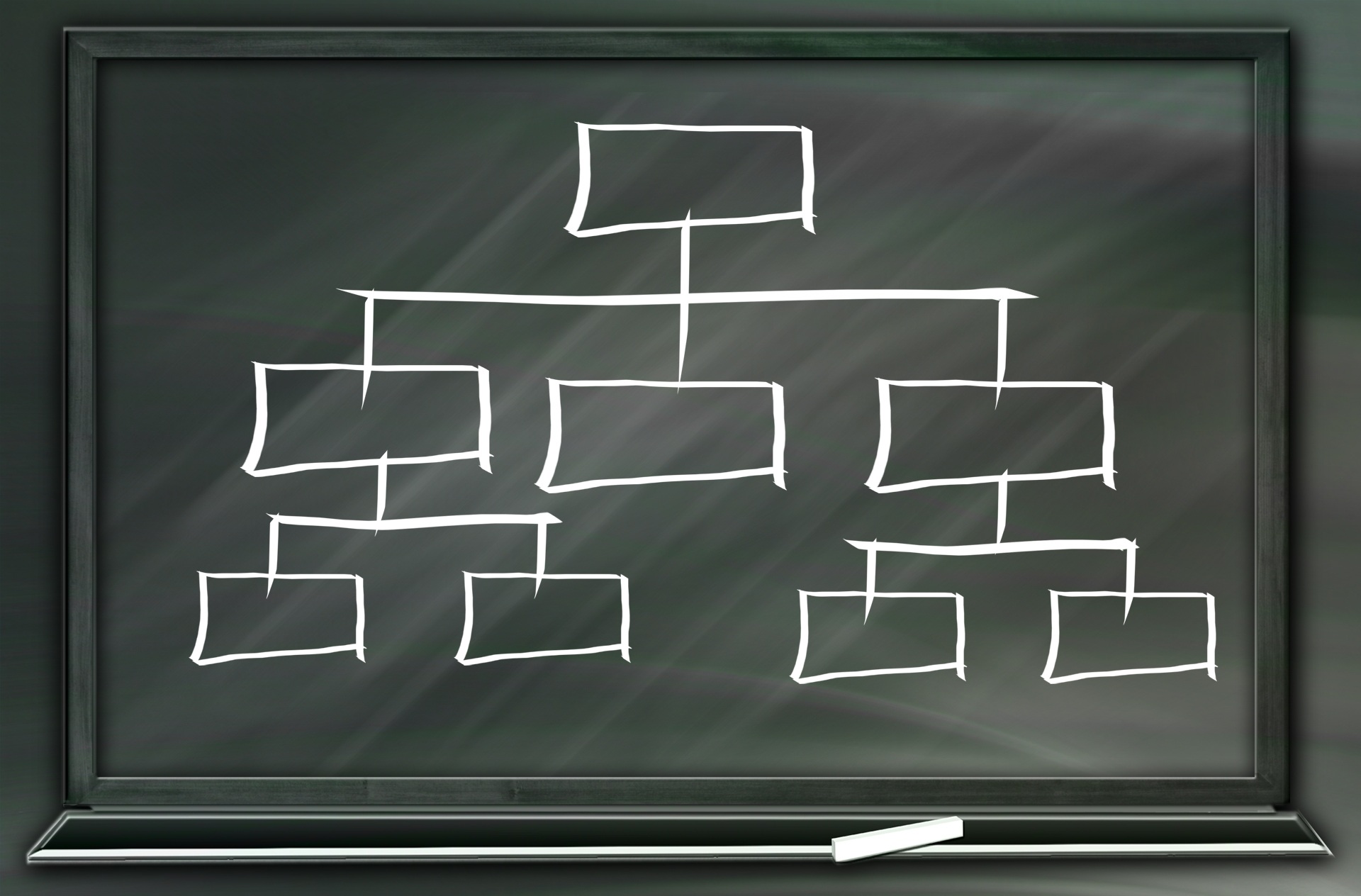Mastering Best Practices for Employee Onboarding
Unlock the secrets to successful employee onboarding with these expert tips and...


We've all heard this concept in a series of a contexts, but what exactly is it and how could you use it to improve your professional activity? It is a recent method, one that can be applied to elements and also strategy games into the context of a non-game. Why? Because, even as adults, we still need the kind of motivation we used to receive when we were little and we were keeping track of leaderboards, badges and others methods.
And this is usually employed in eLearning, a training environment which focuses on finding methods to increase the engagement and interaction rates by means of a series of methods, gamification being one of them.
Moreover, it could be used in the process of eLearning and it brings a series of benefits, such as an increased level of engagement and interactivity and a more applied approach to the gathering knowledge. When using a gamified approach, you should have in mind the following questions:
According to studies, employees appreciate a game centered learning approach, as they feel it boosts motivation and productivity:
Why do you think that is? We've been working with various learners, with various learning styles, and most of them feel that gamification is a form of active learning, which actually implies them in the training process, bringing both interactivity and engagement. When people are engaged in the learning process, they get motivated to learn more, to know more.
There are a lot of methods you can use with eLearning and we'll talk about some of them. Awarding badges is one of them, focusing on tracking and awarding a trainee professional development, by offering him or her an award for what he/she has done, the skills he/she has acquired, the knowledge he/she has gained.
Therefore, the employees will feel appreciated for what they have done for the company. For example, in the case of a staff training for employees, they could receive some of the following badges: 1st attendance (first employees who were present in a training), Speak Out (the most active Employees when the training took place), or it could be the Best Group (a group of employees in the best training).
Another method is represented by the leaderboard, which displays the results of the achievement of all employees, focusing on rankings. Leaderboards can spur positive competition among employees in already applied. With eLearning, you can make them visually appealing, adapted to the organisation style and learning culture.
To sum up, this has been successful in various corporate environments to apply in various countries, as well as methods of Xerox which is a method that has been used by a company for management training. Its implementation can increase brand awareness, and could provide education for employees' even wider community.
Training and learning methods with the use of a gamified approach can change the training process that was boring and had to take quite a long time, but now it can be more efficient and you could benefit from it.
This article is part of a bigger topic called: Interactive learning.
Unlock the secrets to successful employee onboarding with these expert tips and...

Discover how just-in-time learning can revolutionize the way you approach skill...

Learn from Jen's journey and discover a storytelling approach to L&D planning that...


































































See how our product empowers real businesses.

MMM Consulting
Collaborative learning platform, easy to use, easy to integrate learners' contribution as well, not only ours, easy way to test their connection to the program because it has all sort of tracking opportunities and options.

RE/MAX
I've searched a lot for learning platforms and I find that the Knolyx platform is the best option for us. The main reason for which we've chosen Knolyx was that it is very easy to find information when we need it, you can organise and establish learning paths for newcomers.

Romanian Banking Institute
Easy-to-use learning-app with an intuitive interface and a very useful training tracker function.

Moonstar Ventures
Knolyx has been an amazing partner in developing together the most advanced learning experience platform for businesses looking to train their workforce. The platform’s modern look, simplicity and focus on a social and gamified learning experience make all the difference.

Urgent Cargus
Knolyx product has streamlined our processes, reduced costs, and provided our users with an intelligible learning experience. Through Knolyx, we managed to deliver courses more easily to all our employees and partners, and made the induction process more efficient.

Fixthephoto.com
The Knolyx learning management system offers a mix of advanced features and a contemporary UI, as the developers focused primarily on making the user experience as convenient as possible. - read more

myCareer
I like two things best: 1/ With Knolyx, you have the ability to curate the content that your learners receive, limiting overwhelm and promoting a sustainable learning curve. 2/ Knolyx is fully gamified, where you can add interactive courses, have your learners take quizzes and then reward them with progress pages!

Learning Network
Knolyx changes the perspective upon learning: from static to dynamic, by means of interaction and gamification. Learners are constantly encouraged to become an active part of the training programs, to gain knowledge and to test their learning progress. Moreover, social learning is enforced through communities of practice, which is really valuable for us.